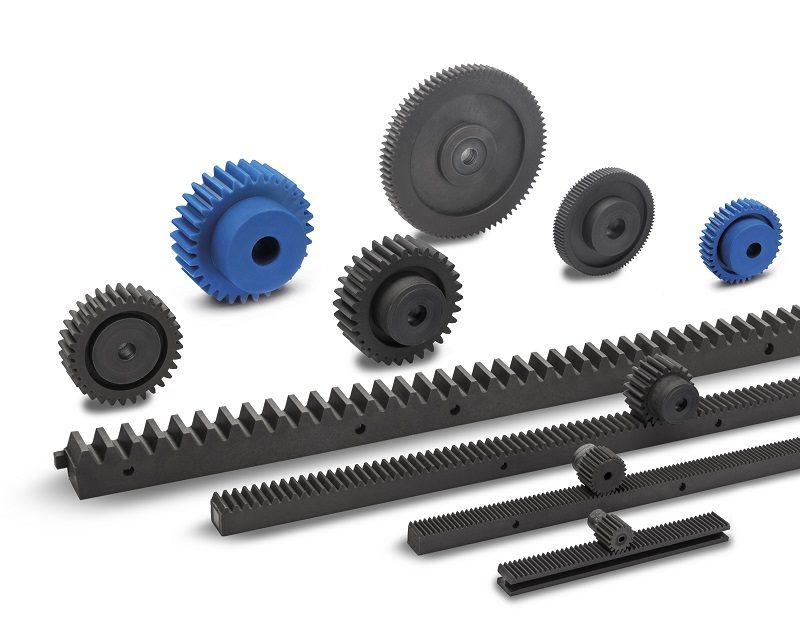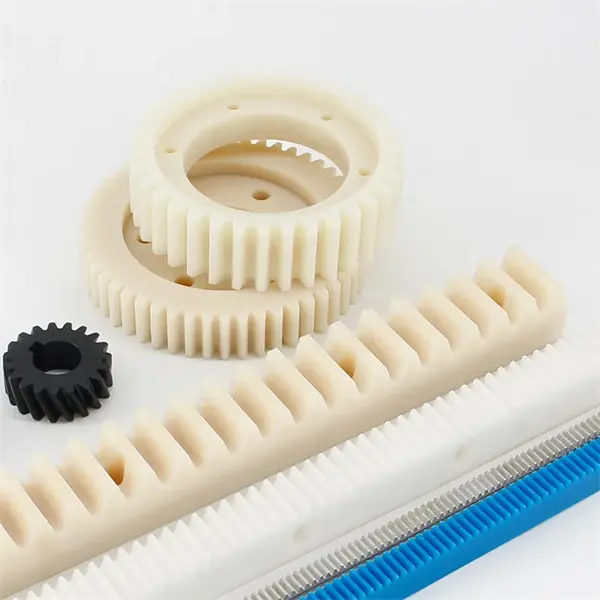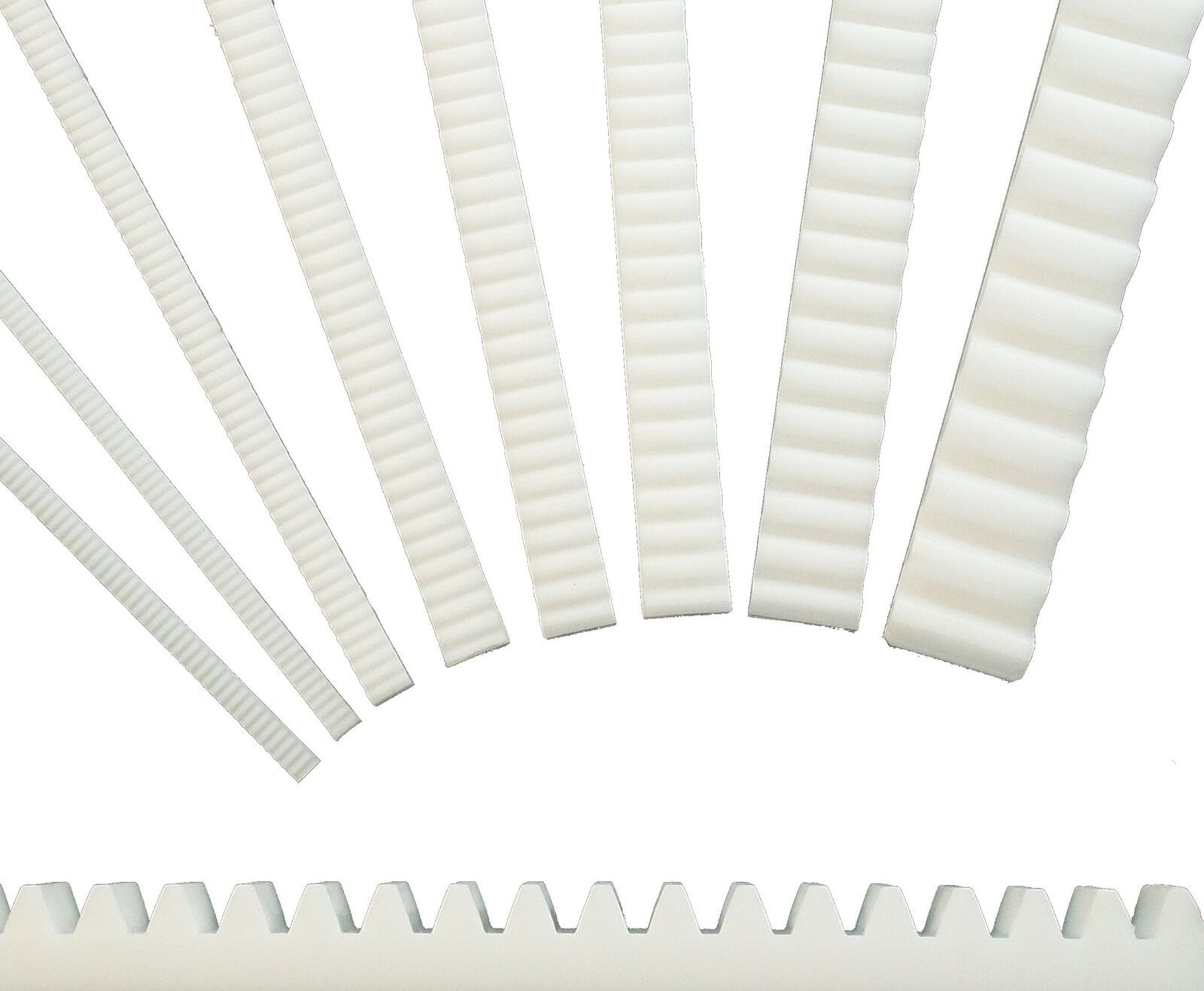Product Description
Senpei Auto Parts Steering Systems Hot Sale New Power Steering Gear Rack & Pinion For Audi A6 Quattro 2002-2004
Q1. Where is your company?
A: Our Head Office are located in HangZhou City, ZheJiang Province, China(Mainland);
Q2. What is your terms of packing?
A: Generally, we pack our goods in BRAND boxes or neutral boxes
Q3. What is your terms of payment?
A: T/T 30% as deposit, and 70% before delivery. We’ll show you the photos of the products and packages before you pay the balance.
Q4. What is your terms of delivery?
A: EXW, FOB,
Q5. How about your delivery time?
A: Generally, it will take about 20 days after receiving your deposit. The specific delivery time depends on the items and the quantity of your order.
Q6. Can you produce according to the samples?
A: Yes, we can produce by your samples or technical drawings. We can build the molds and fixtures.
Q7. What is your sample policy?
A: We can supply the sample if we have ready parts in stock, but the customers have to pay the sample cost and the courier costs.
Q8. Do you test all your goods before delivery?
A: Yes, we have 100% test before delivery
Q9. How do you make our business long-term and good relationship?
A: 1. We keep good quality and competitive price to ensure our customers’ benefit ;
2. We respect every customer as our friend and we sincerely do business and make friends with them, no matter where they come from.
| After-sales Service: | Online Technical Support |
|---|---|
| Warranty: | 2 Year |
| Type: | Steering Gears/Shaft |
| Material: | Iron |
| Certification: | ISO |
| Automatic: | Std |
| Customization: |
Available
| Customized Request |
|---|

What types of materials are commonly used in rack and pinion components?
Various materials are commonly used in the manufacturing of rack and pinion components. Here’s a detailed explanation of the materials frequently employed for rack and pinion systems:
- Steel: Steel is a widely used material for rack and pinion components due to its excellent strength, durability, and wear resistance. Carbon steel, such as C45 or 1045 steel, is commonly utilized for standard applications. Alloy steels, such as 4140 or 4340, offer enhanced strength and toughness, making them suitable for heavy-duty or high-load applications. Steel components can be heat-treated to further improve their mechanical properties.
- Stainless Steel: Stainless steel is chosen for rack and pinion systems when corrosion resistance is a critical requirement. Stainless steel alloys, such as 304 or 316, exhibit excellent resistance to rust, oxidation, and chemical corrosion. These materials are commonly used in applications where the system is exposed to moisture, humidity, or corrosive environments, such as marine or food processing industries.
- Aluminum: Aluminum is favored for rack and pinion components when weight reduction is a priority. Aluminum alloys, such as 6061 or 7075, offer a favorable strength-to-weight ratio, making them suitable for applications where minimizing inertia and achieving high-speed performance are important. Aluminum components also exhibit good corrosion resistance and are commonly used in industries such as aerospace, automotive, and robotics.
- Brass: Brass is utilized in certain rack and pinion applications that require its specific properties. Brass offers good corrosion resistance, low friction, and favorable machinability. It is often chosen for applications where noise reduction and smooth operation are critical, such as in musical instruments or precision equipment. Brass components can be fabricated through machining or casting processes.
- Plastics: Certain engineering plastics are suitable for rack and pinion applications that require lightweight, low-friction, or self-lubricating properties. Common plastics used include nylon (such as PA6 or PA66), acetal (such as POM), or polyethylene (such as UHMWPE). These materials offer good wear resistance, low friction, and resistance to chemicals. Plastics are often employed in applications that demand quiet operation, such as in office equipment, medical devices, or consumer goods.
- Other Alloys: Depending on specific application requirements, other alloy materials may be used for rack and pinion components. For example, bronze or phosphor bronze alloys offer good wear resistance and self-lubricating properties, making them suitable for applications with high sliding speeds or where oil-free operation is desired. Additionally, titanium alloys may be used in applications that require exceptional strength, lightweight construction, or resistance to extreme temperatures.
The choice of material for rack and pinion components depends on factors such as strength, durability, corrosion resistance, weight, friction characteristics, and specific application requirements. By selecting the appropriate material, rack and pinion systems can be engineered to deliver optimal performance and reliability in a wide range of industrial applications.

How do rack and pinion systems contribute to efficient power transmission?
Rack and pinion systems play a significant role in facilitating efficient power transmission in various mechanical applications. Here’s a detailed explanation of how rack and pinion systems contribute to efficient power transmission:
Rack and pinion systems offer several advantages that contribute to efficient power transmission:
- Direct Power Transfer: Rack and pinion systems provide a direct and efficient means of power transmission. The teeth of the pinion gear mesh with the teeth of the rack, creating a positive engagement. This direct contact allows for minimal power loss during transmission, as there are no intermediate mechanisms or components to introduce friction or slip.
- High Mechanical Efficiency: Rack and pinion systems are designed to have high mechanical efficiency, meaning they maximize the output power compared to the input power. The teeth of the pinion and the rack are carefully designed and machined to minimize friction and ensure smooth motion. This efficient transfer of power reduces energy waste and enhances overall system performance.
- Low Backlash: Backlash refers to the play or clearance between the teeth of the pinion and the rack. Rack and pinion systems can be designed with minimal backlash, which contributes to efficient power transmission. Low backlash ensures precise and immediate response to input motion, minimizing energy losses associated with tooth clearance and backlash compensation.
- Efficient Torque Transmission: Rack and pinion systems are capable of transmitting high torque efficiently. The engagement of the pinion teeth with the rack teeth distributes the applied torque evenly along the contact area, resulting in efficient torque transmission without slippage or power dissipation. This characteristic makes rack and pinion systems suitable for applications that require high torque output.
- Compact Design: Rack and pinion systems offer a compact design compared to other power transmission mechanisms. The linear nature of the rack allows for a more straightforward integration into space-limited applications. This compact design minimizes energy losses due to unnecessary mechanical components or complex transmission paths, resulting in more efficient power transmission.
- High-Speed Capability: Rack and pinion systems are capable of efficient power transmission at high speeds. The direct contact between the teeth of the pinion and the rack enables rapid and precise motion transfer without significant energy losses. This characteristic is advantageous in applications that require quick and accurate movements.
By combining features such as direct power transfer, high mechanical efficiency, low backlash, efficient torque transmission, compact design, and high-speed capability, rack and pinion systems contribute to efficient power transmission in a wide range of applications. These systems are commonly used in industries such as automotive, robotics, machinery, and aerospace, where efficient power transfer is crucial for optimal performance and energy savings.

Can you explain the typical applications of rack and pinion systems?
Rack and pinion systems find a wide range of applications in various industries due to their versatility, efficiency, and precise motion control. Here’s a detailed explanation of some typical applications:
- Automotive Steering: One of the most common applications of rack and pinion systems is in automotive steering mechanisms. In this application, the rack is connected to the steering column, and the pinion gear is driven by the steering input from the driver. As the pinion gear rotates, it moves the rack linearly, which in turn controls the movement of the vehicle’s front wheels, allowing for smooth and responsive steering.
- Robotics: Rack and pinion systems are widely used in robotics for precise and controlled linear motion. They can be found in various robotic applications, including robotic arms, gantry systems, pick-and-place robots, and CNC machines. The rack and pinion mechanism enables accurate positioning, fast movement, and high repeatability, making it ideal for tasks that require precise manipulation and motion control.
- Linear Actuators: Rack and pinion systems are commonly employed in linear actuators, which are devices used to convert rotational motion into linear motion. The pinion gear is driven by an electric or hydraulic motor, and the linear motion of the rack is utilized to extend or retract the actuator. Linear actuators based on rack and pinion systems are used in various applications, such as industrial automation, medical equipment, and aerospace systems.
- Machinery: Rack and pinion systems are utilized in a wide range of machinery and equipment. They are often employed in applications requiring precise linear motion control, such as cutting machines, printing presses, packaging equipment, and material handling systems. The rack and pinion mechanism enables efficient power transmission, accurate positioning, and quick response, enhancing the performance and productivity of the machinery.
- Automation: Rack and pinion systems play a crucial role in automation processes. They are used in automated systems for tasks such as part positioning, assembly, sorting, and conveyor systems. The precise and reliable linear motion provided by rack and pinion systems contributes to the efficiency and accuracy of automated processes.
In addition to the above applications, rack and pinion systems can be found in various other fields, including agriculture, construction, entertainment industry, and more. Their compact design, high precision, efficiency, and versatility make them a popular choice for converting rotational motion into linear motion in a wide range of mechanical systems.


editor by CX 2023-09-14